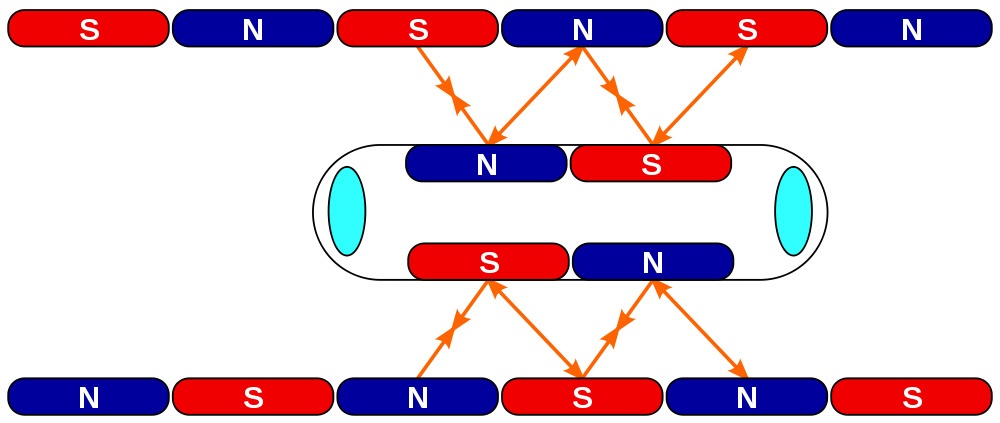Japan's Magnificent Maglev
Japan's famous Shinkansen (bullet trains) travel at speeds of up to 320 kilometers per hour (200 mph) up and down the country in comfort and style. Not yet satisfied, however, the nation is further demonstrating its technological prowess in high-speed rail travel with the planned introduction of a super-high-speed maglev train.
By John AsanoWhat's Maglev?

http://www.extremetech.com/extreme/165372-japanese-maglev-train-begins-public-testing-buzzes-peaceful-countryside-at-313-mph
Maglev is a transport method that uses magnetic levitation to move vehicles without them touching the ground (hence the name derivation). The vehicle travels along a guideway that utilizes magnets to create both lift and propulsion, thereby greatly reducing friction and enabling extremely fast speeds.
Building off research begun in the 1960s, JR Central (Central Japan Railway Company) and its Railway Technical Research Institute have successfully developed an SCMaglev (superconducting maglev) that uses superconducting magnets to hover 10 centimeters (4 in) above the tracks, allowing for a comfortable, smooth ride at speeds never before seen on rails.
How Fast Is It?
https://www.youtube.com/watch?v=_5FARo__YOs
At JR Central’s test line in Yamanashi Prefecture, the test train SCMaglev L0 Series Shinkansen set a land speed record for rail vehicles when it sustained a speed of 603 kilometers per hour (375 mph) for nearly 11 seconds on April 21, 2015.
Maglev passenger trains are expected to travel slightly more slowly, at about 500 kilometers per hour (310 mph). Nevertheless, this is an amazing achievement for both Japan and high-speed rail travel, making some rail journey times comparable to flying.
Where Will It Go?

https://upload.wikimedia.org/wikipedia/commons/b/b5/Ch%C5%AB%C5%8D_Shinkansen_map.png
JR Central plans to use the maglev to connect Tokyo and Osaka by way of Nagoya in central Japan. Construction of the Chuo Shinkansen—as it is to be called—began in 2014, and the stretch of the line between Tokyo and Nagoya is planned to go into operation by 2027. Tunneling through Japan's Southern Alps, this 286-kilometer (178-mile) route will be about 86 percent underground.
Maglev trains are expected to be in operation between Tokyo and Osaka by 2045. The state-of-the-art Shinkansen will travel at a maximum speed of 505 kilometers per hour (314 mph) and offer a journey time of 40 minutes between Tokyo and Nagoya, and approximately one hour between Tokyo and Osaka, cutting transit time in half compared to present bullet trains.
The cost of the entire project is expected to be around ¥9 trillion (US$80 billion). Despite the hefty price tag, Japan is hoping to sell its L0 Series rail technology overseas, thereby contributing to the revitalization of the world’s third-biggest economy.



